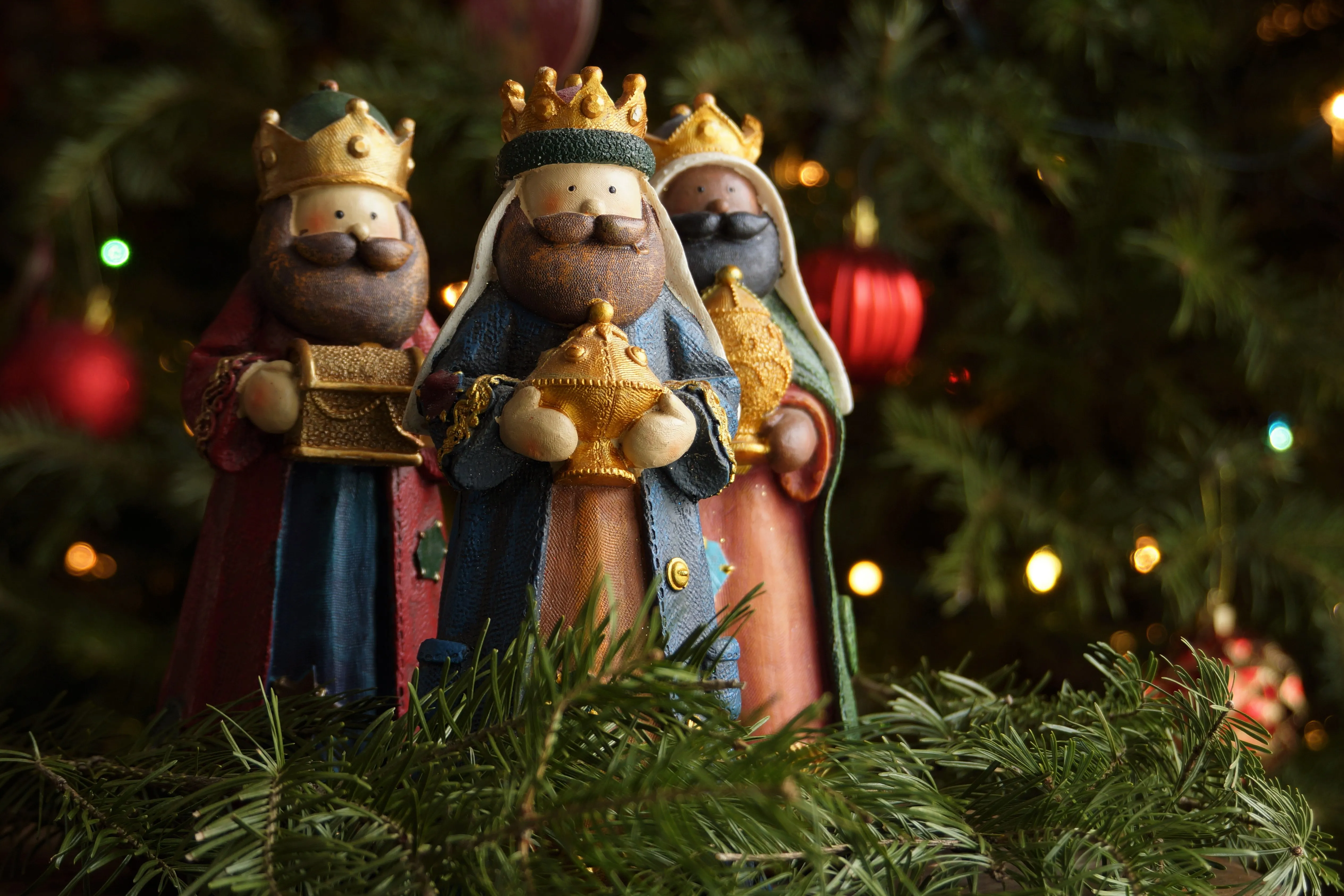Washington, 06 January, 2022 / 12:00 pm (ACI Africa).
How many days is Christmas? When should you finally take those lights off the porch, or remove the tree? Read on for some of the arguments for and against commonly agreed-upon end dates for Christmas.
Christmas is one day
This, of course, is the simplest answer. Christmas is typically celebrated on Dec. 25 for most of the world, and on Jan. 7 for Churches using the Julian calendar, and on Jan. 6 for yet another, considerably smaller, part of the world. On this day, the liturgy celebrated is the Feast of the Nativity of Our Lord. Priests wear white vestments on Christmas, which is different from the violet they wear during Advent.
Christmas is eight days
There’s also an argument to be made that Christmas is eight days long. The Church regards Christmas as an octave, or eight-day celebration. The octave of Christmas begins on the Feast of the Nativity of Our Lord and concludes on the Solemnity of Mary, Mother of God on Jan. 1.








